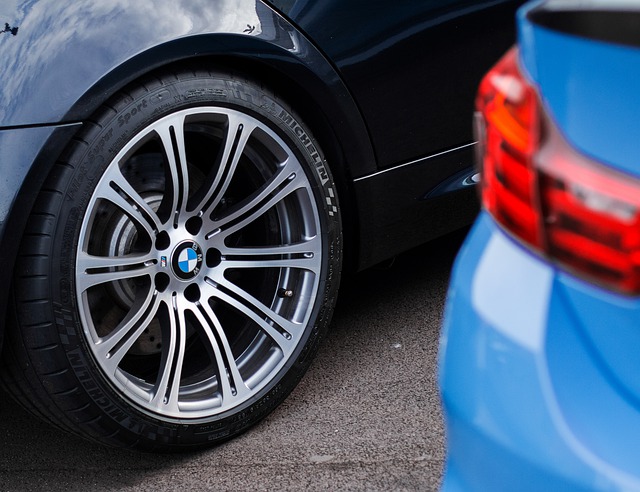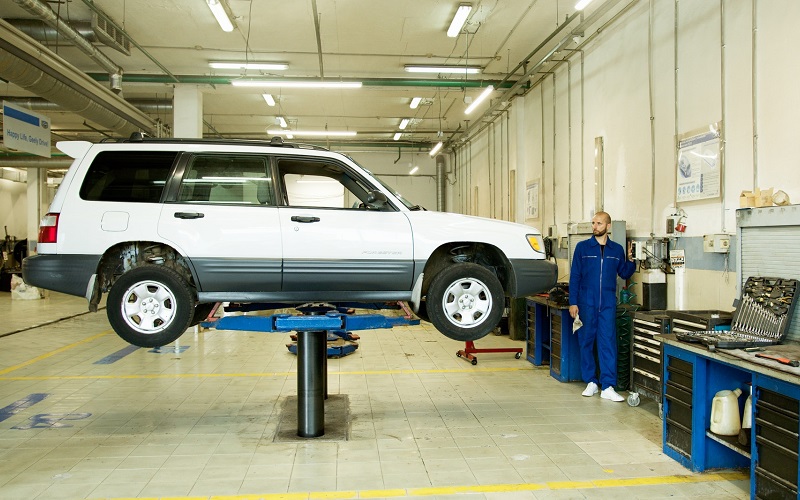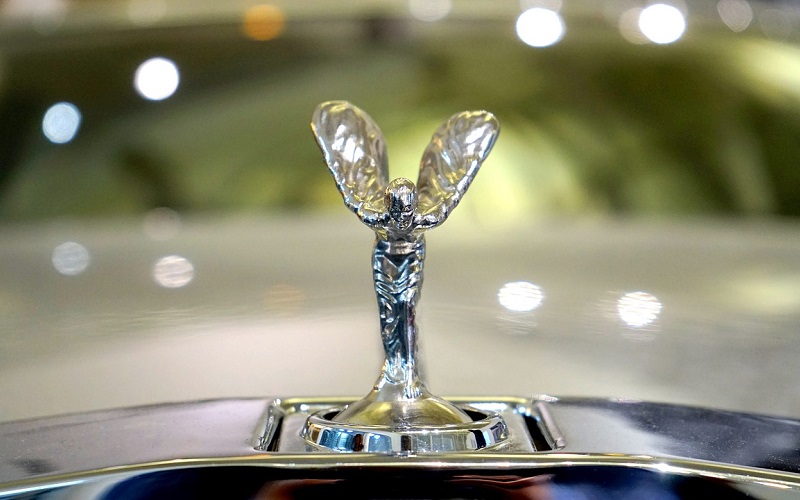Road accidents can happen anytime. However, when you follow the recommended tire pressure and detail the tires of your vehicle, you can actually lower your chances of being in one. Studies by the National Highway Traffic Safety Administration (NHTSA) showed that out of 5,470 crashes, almost 900 vehicles had tire-related issues prior to accidents.
Aside from promoting you and your family’s safety, keeping the recommended tire pressure and detailing your tires enable you to drive your vehicle better and prolongs its life. Moreover, these actions increase fuel efficiency and save the environment as well. But how can you find the best tire pressure for your vehicle? Below are some tips to help you out.
How to Find the Recommended Tire Pressure
There are several ways to find out what the professionals recommend for your vehicle’s tire pressure:
The Car Owner’s Manual
Your car owner’s manual contains all the information you need pertaining to your tire’s size, width, aspect ratio, and load index. All of these are necessary when it comes to tire pressure. Bear in mind that the car manufacturer suggested this pressure setting in order to increase your fuel economy, wear, grip, and comfort.
The Tire Placard
Your tire placard is a label that carries a lot of information. Some of it are the recommended tire size, tire inflation pressure (typically in PSI cold), gross vehicle weight rating (GVWR), and the maximum occupant and cargo weight of a vehicle. Generally, you can find this at the driver’s door, glove compartment door, or inside the lid of your trunk. Some vehicles place the tire placard in other places. For example, Volkswagen’s is in the gas door while Nissan Altima’s tire placard is located at the bottom of the center console armrest.
Ask Your Mechanic for Your Recommended Tire Pressure
Some people believe that the recommended tire pressure provided in the tire itself is more reliable than the one in the vehicle’s tire placard. They say that it is based on a tire’s brand, size, tread design, width, sidewall thickness, flex, etc. Are you confused? Then, it would be wise to consult your mechanic. He can best suggest the best recommended tire pressure for your vehicle.
Search the Internet
You can use the Internet if your tire placard has damage or you lost your owner’s manual. Just type “recommended tire pressure tool” in your browser. You will get a list of websites offering this tool for free. You simply key in the year, make, model and sub-model of your car and the website will search it for you.
Factors that Warrant a Change in the Recommended Tire Pressure
Changing the tire pressure of your vehicle becomes necessary under the following circumstances:
- When you are traveling in rough roads, muddy, or snowy surfaces
In this case it is best to lower your tire pressure by a third of what the recommendation says. This will give you a smoother, less bumpy ride. Be aware though, that this can wear your tire out and use up your fuel faster.
- When you have a big vehicle that is often loaded to its capacity
Yes, bigger vehicles with more loads need a change in tire pressure. We suggest that you add 28kpa (4PSI or 4lbs) to your tires’ pressure if your vehicle is fully loaded with passengers and baggage.
- When you go for speed
If you prefer driving at high speeds (120km/h or more), then the recommendation is to add 28Kpa (4PSI) to your Minimum Compliance Plate Pressure. Remember, more than that may lead to over-inflating your tire.
Knowing the best tire pressure for your vehicle will provide you and your loved ones with a safe and comfortable ride. Additionally, it will keep your tires functional for a longer period of time. And while you’re at it, why not use some tire dressing as well? This way, your tires will not only last longer, but will also look better.
Schedule an appointment with expert detailers in your area to learn more about your vehicle’s recommended tire pressure and the best tire dressing to enhance your tire’s appearance as well.
Enjoyed this post? Sign up for our newsletter to receive more valuable tips, ideas, coupons, and extras!





